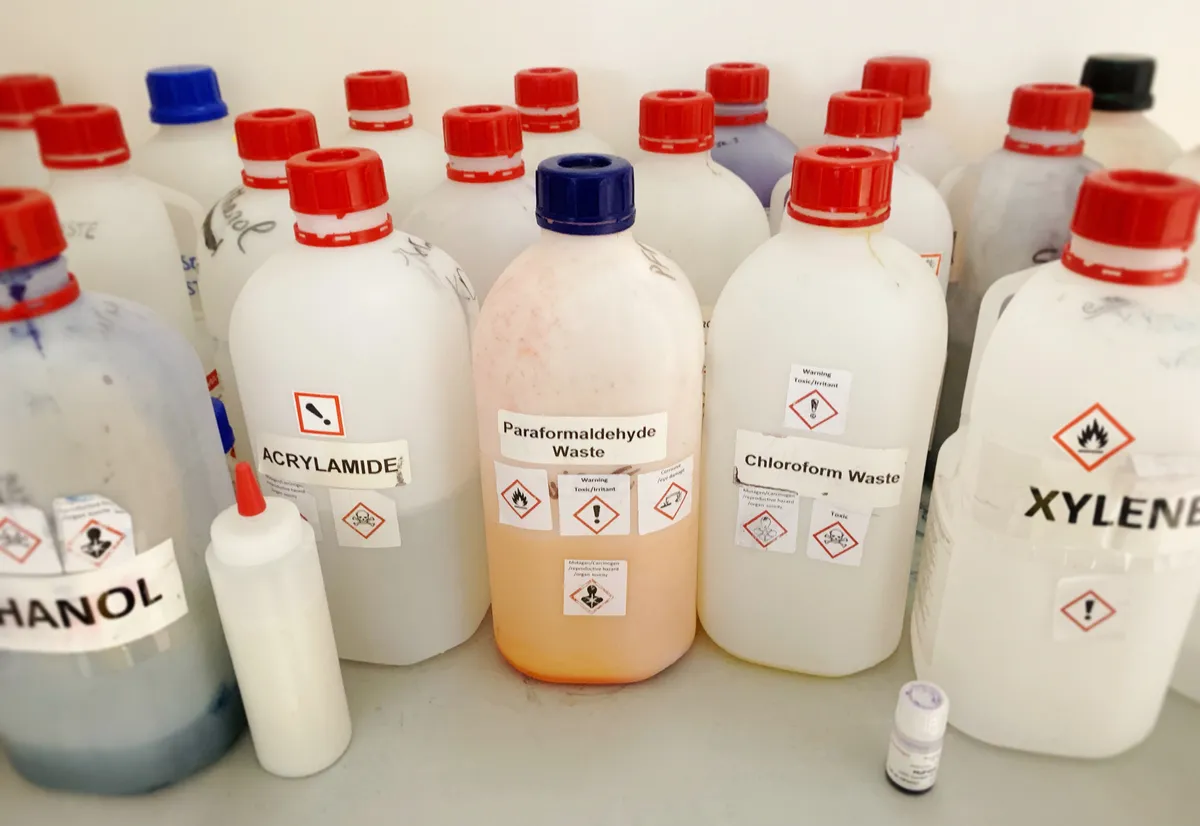
Waste Management Compliance: Your Complete Guide to Regulatory Success
Index
Introduction: What is Waste Management Compliance & Why It Matters
Waste management compliance is the process of ensuring that hazardous and non-hazardous waste is handled, stored, transported, and disposed of according to regulatory requirements. It plays a critical role in protecting human health, the environment, and corporate liability.
Across industries, from pharmaceutical labs to manufacturing plants, non-compliance can lead to heavy fines, operational disruptions, and reputational damage.
Key Waste Compliance Regulations
- EPA (Environmental Protection Agency) – governs hazardous waste under RCRA (Resource Conservation and Recovery Act).
- RCRA Compliance – mandates the cradle-to-grave tracking of hazardous waste.
- OSHA (Occupational Safety and Health Administration) – regulates safety practices for handling regulated waste.
- DOT (Department of Transportation) – governs hazardous materials during transport.
- International Guidelines – including EU Waste Framework Directive and Basel Convention for cross-border waste.
Industry-Specific Compliance Pressures
Each sector faces unique compliance hurdles. Whether it’s a research lab misclassifying solvents or a pharma plant struggling with audit readiness, the challenge is universal: staying compliant in a complex, evolving regulatory environment.

Core Compliance Requirements
Documentation & Record Keeping
- Waste manifests and shipping records
- Chain-of-custody tracking
- Audit trails and version history
- Digital storage of compliance documentation
Chemishield Advantage: Automated records, secure cloud storage, and audit-ready waste exports
Classification & Labelling
- Waste categorisation
- Safety Data Sheet (SDS) integration
- Hazardous and non-hazardous labelling
Chemishield Advantage: Chemishield produces labels for waste detailing all relevant hazards, contents, quantities, origin of waste and generator details.
Storage & Handling
- Container compatibility
- Accumulation start dates and timeframes
- Secondary containment rules
Chemishield Advantage: Segregates waste based on waste streams that have been established for your facility
Transportation
- DOT-compliant labeling
- Manifest generation for contractors
- Hazardous material routing
Chemishield Advantage: Seamless manifest generation and disposal partner integration
Reporting
- Waste reports detailing all waste generated
Chemishield Advantage: Export waste reports and access dashboards to view waste levels across your facility.
Common Compliance Challenges
Many organizations still rely on manual logs, spreadsheets, and siloed reporting tools. This creates a ripple of risk across compliance efforts.
Top Issues:
- Errors from manual data entry
- Inconsistent record keeping
- Misclassified waste streams
- Waste placed in incorrect containers
- Failure to meet accumulation time limits
- Inability to track waste across multiple locations
These are the risks Chemishield was built to eliminate.

Technology Solutions for Waste Compliance
Digital transformation in compliance is no longer optional; it's a strategic advantage.
How Chemishield Improves Compliance:
- Waste Segregation: Guided workflows prevent misclassification and improper disposal
- Automated Documentation: Instantly generates and stores manifests, logs, and reports
- Audit-Ready Records: Time-stamped trails for every action
- Real-Time Tracking: Monitor waste lifecycle from generation to disposal
- Deadline Alerts: Automated accumulation limit warnings
- Disposal Contractor Integration: Syncs with your waste handlers for manifest syncing and pickups

Chemishield: Purpose-Built for Waste Management Compliance
Unlike generic EH&S software, Chemishield is purpose-built for regulated industries managing chemical and hazardous waste.
Platform Highlights:
- Visual Waste Management: See your waste across all sites in real time and receive notifications when approaching limits
- Label Printing: Reduce errors with QR-supported, compliant labels
- Industry-Specific Modules: Tailored for labs, pharma, healthcare, and more
- Audit Dashboard: Instant compliance scoring and audit prep tools
- Mobile-Friendly Interface: Field operators log data in real time
ROI and Compliance Impact:
- 70% time savings on waste documentation
- 90% reduction in compliance errors
- Elimination of potential safety incidents from improper waste segregation
- Reduce your reliance on your hazardous waste partner
- Real-time visibility into 100% of waste streams


















Frequently Asked Questions
- What is waste management compliance?
It’s the practice of adhering to environmental and safety regulations for managing, handling, and disposing of waste. - What are waste management regulations?
Rules set by agencies like the EPA, OSHA, and DOT that dictate how waste is classified, stored, transported, and disposed of. - What is RCRA compliance?
Compliance with the Resource Conservation and Recovery Act, covering hazardous waste generation, transportation, and disposal. - What is OSHA regulated waste?
Wastes posing health/safety risks to workers, including biohazardous or chemically dangerous waste. - How is waste management regulated?
Through federal, state, and international laws that differ by industry, waste type, and geography. - How to handle regulated waste?
Via proper segregation, labeling, storage, documentation, and partnering with licensed disposal facilities.








